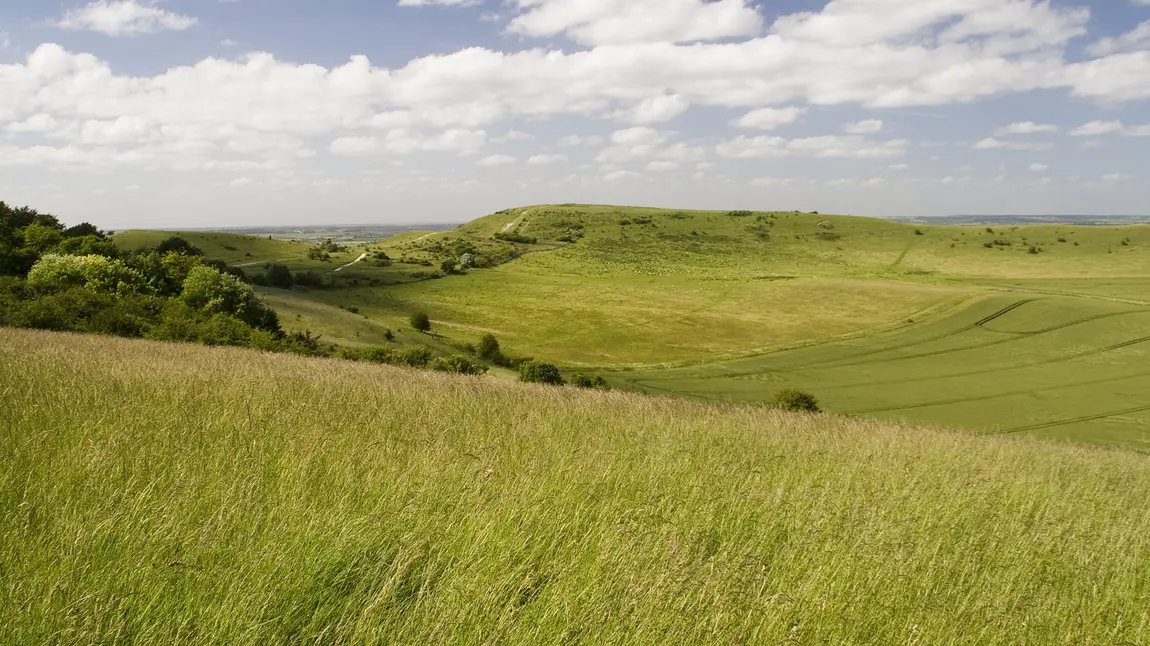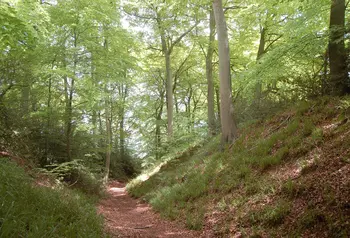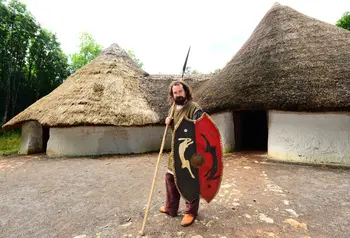Exploring the Chilterns’ ancient hillforts...with lasers

The South East’s Chiltern Hills are home to one of the densest concentration of ancient hillforts in the UK. Now, thanks to a £695,600 National Lottery grant, more is to be discovered about these intriguing historical monuments.
The Chilterns Conservation Board has been awarded funding for the Beacons of the Past – Hillforts of the Chilterns Landscape project. For the first time ever, the whole of the Chilterns Area of Outstanding Natural Beauty (AONB) is to be surveyed from the sky using LIDAR (Light Detection and Ranging) technology which, using aircraft-mounted lasers, will uncover hidden archaeological features.
Hillforts are evidence of thousands of years of human habitation in the Chilterns AONB. Twenty two structures are scattered across the area’s hills and valleys, including well-known landmarks such as Ivinghoe Beacon in Tring, as well as hidden gems nestled in woodland. Some might even remain to be discovered.
[quote=Stuart McLeod, Head of HLF South East]“Thanks to National Lottery players, the Beacons of the Past project will uncover more of the Chilterns’ Iron Age history."[/quote]
Working with a wide range of partners and volunteers, the project will carry out practical conservation work and will bring the Iron Age to life through a programme of events and educational activities, allowing more people to explore their fascinating local history.
Stuart McLeod, Head of HLF South East, said: “Thanks to National Lottery players, the Beacons of the Past project will provide an exciting opportunity to uncover more of the Chilterns’ Iron Age history. We were particularly impressed with plans to involve volunteers and connect a wide range of people with their local heritage, through events and educational activities.”
The four-year project will be launched in 2018 and there will be plenty of opportunities to get involved. Those interested in being added to the newsletter or in volunteering should get in touch.

